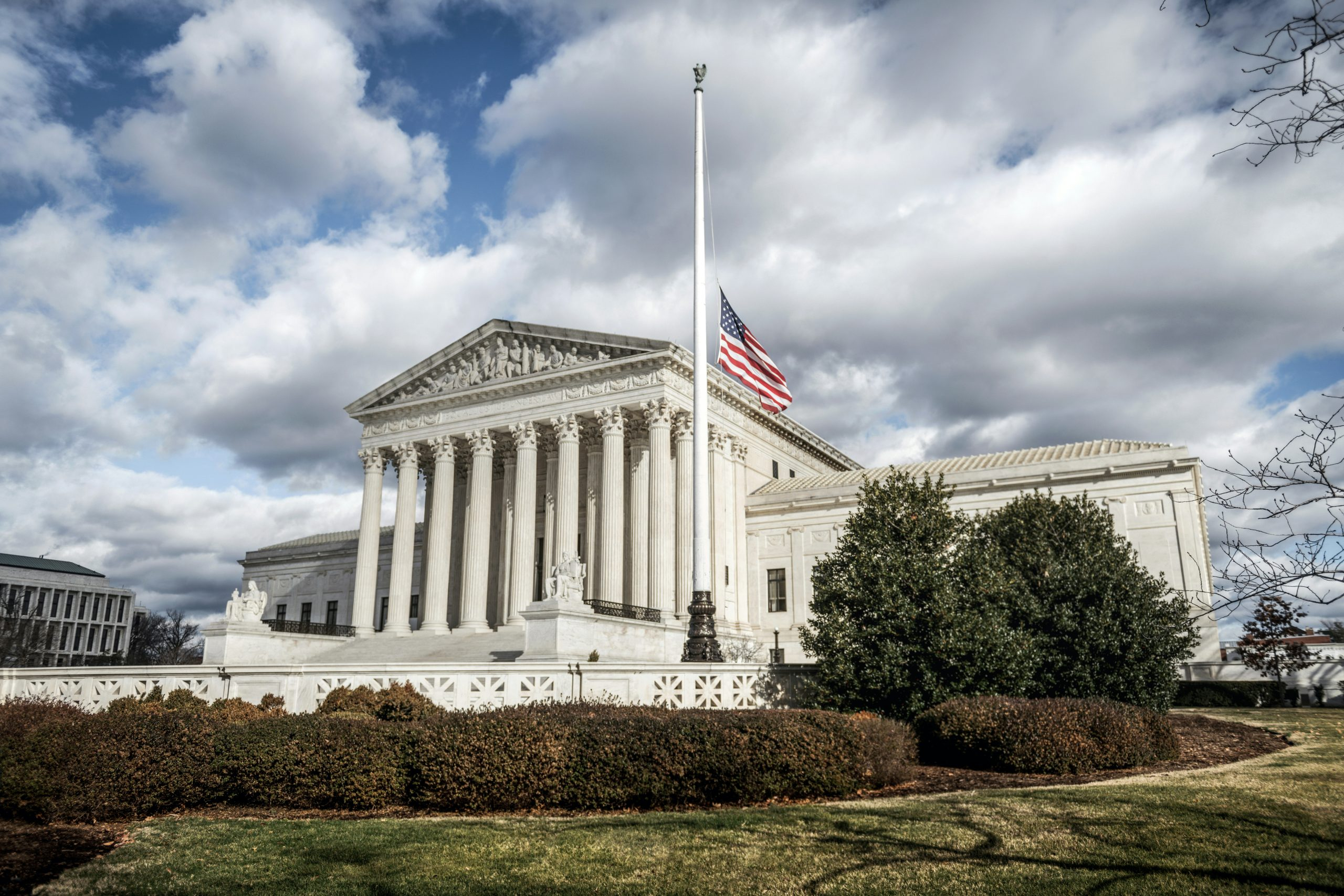Disability Rights: Expanding Legal Protections and Accessibility
Disability rights have become a widely discussed topic in recent years, gaining recognition and advocacy from various organizations and individuals. However, there is still much progress to be made when it comes to expanding legal protections and accessibility for individuals with disabilities. While there have been significant strides towards inclusivity, discrimination and barriers still exist, preventing those with disabilities from fully participating in society. In this article, we will explore the current landscape of disability rights, the challenges and opportunities for expansion, and the importance of creating a more inclusive society. 
The Current Landscape of Disability Rights
According to the Centers for Disease Control and Prevention, approximately one in four adults in the United States has a disability. This represents a significant portion of the population, yet individuals with disabilities continue to face barriers in areas such as employment, education, and public accommodations. The Americans with Disabilities Act (ADA) was enacted in 1990 to address these issues and provide legal protections for individuals with disabilities. However, despite its efforts, there are still many gaps in accessibility and protection.
Challenges for Those with Disabilities
One of the main challenges faced by individuals with disabilities is discrimination in the workplace. Studies have shown that individuals with disabilities are more likely to experience unemployment and underemployment compared to their non-disabled counterparts. This can be attributed to various factors, including ableism, the lack of accommodations, and discriminatory hiring practices. Additionally, frequent misconceptions and stereotypes about individuals with disabilities can lead to further discrimination and exclusion in the workplace.
Education is another area where individuals with disabilities face challenges. While laws such as the Individuals with Disabilities Education Act (IDEA) have been implemented to ensure equal access to education, individuals with disabilities may still experience barriers in obtaining accommodations and receiving a quality education. This can not only limit their academic and career opportunities but also perpetuate stigmas and stereotypes about disabilities.
The Opportunities for Expansion
Despite the challenges faced by individuals with disabilities, there have been significant opportunities for expansion in recent years. The rise of technology has allowed for more inclusive and accessible solutions, such as screen readers, text-to-speech software, and video captioning. Additionally, the internet has provided a platform for individuals with disabilities to share their experiences and advocate for their rights.
Moreover, there has been a growing movement towards disability-inclusive policies and practices in different industries. For example, some companies have implemented diversity and inclusion initiatives that specifically address the needs of employees and customers with disabilities. This not only creates a more inclusive environment but also promotes the hiring and retention of individuals with disabilities.
The Importance of Inclusivity
Expanding legal protections and accessibility for individuals with disabilities is crucial for creating a more inclusive and equitable society. When individuals with disabilities are able to fully participate in various aspects of life, they can contribute to the economy, engage in their communities, and achieve their full potential. Additionally, being inclusive of individuals with disabilities benefits everyone, as it promotes diversity, fosters empathy, and challenges ableism.
In conclusion, disability rights and accessibility are essential for creating a more inclusive society where all individuals have equal opportunities and access to resources. While there have been significant efforts to expand protections and accessibility, there is still much work to be done. By addressing the challenges, seizing opportunities, and promoting inclusivity, we can continue to advance disability rights and create a better future for everyone.











